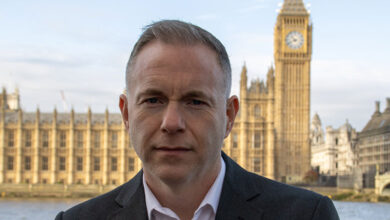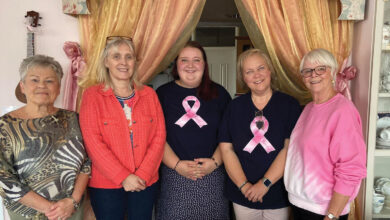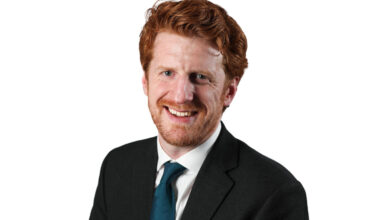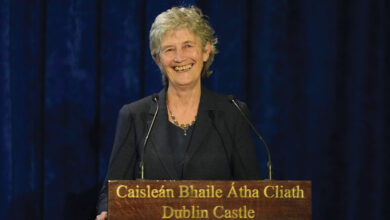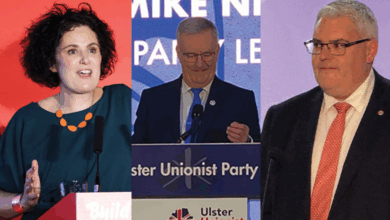
If we want our schools to produce honest citizens, we need to start by being honest about what happens inside and what emerges from the classroom, writes ICTU’s John O’Farrell.
On the same week that a Belfast newspaper telegraphed the annual league tables for second-level schools, a survey conducted by education trade unions revealed the scale of violence inside schools.
The league tables are one of those statistical exercises which reveal more than the compilers intended. What is trumpeted as the ‘top of the school pops’ instead showcases the chronic inequality endemic in the system. While the A-Level table shows a majority of the top 50 are grammar schools and beneficiaries of our unenvied ritual of social stratification for 10-year-olds, a decent showing of 10 non-grammars get in. That the top grammar (St Louis’ in Ballymena) has 11 per cent of its A-Level achievers qualifying for free school meals (FSM), and the highest non-grammar (St Brigid’s in Derry) has 68 per cent on FSM, says as much about the dedication of their families, teachers and support staff as it does about the structural unfairness of our education system.
That tilted table is on full display when one looks at the top 50 for GCSE results. With 30 more schools and the full complement of children receiving compulsory education, there is no editing the inequality. The top 50 schools ranked by the results of year 12 students achieving five or more GCSE grades A*-C, are all grammars. In fact, the top 59 are, with Castlederg High School the first non-grammar, at number 60, out of 188 schools. There is one grammar school in the ‘bottom 100’.
The class system is alive and well and is daily reproduced in our classrooms. That this situation persists a decade after then Education Minster Caitríona Ruane formally abolished the 11-plus tells us much about the true priorities of our society, as much a failure of our presently absent political class. And so, our system spits out a quarter of all school leavers at 16 with little of worth for the labour market we have, let alone the ‘high-skills’ paradigm we aspire to (along with every other regional economy in Europe).
There is a second under-appreciated scandal bubbling away below the headlines of under-resourced school budgets and indeterminable pay talks, both held hostage by the absence of an Executive to sign-off improvements to either. Schools are not only sites of concern about new-fangled threats to do with social media but old-fashioned threats are pretty rampant.
In response to anecdotal reports about violence affecting workers across the education system, nine unions agreed to conduct on online poll of members. 1,427 members of ICTU-affiliated unions with members as either teachers of support staff (such as classroom assistants) in Northern Ireland responded. Of those, 1,133 were members of teaching unions and 294 members of support staff unions.
Among the findings of the survey are that one in three education workers who responded have experienced physical abuse annually and one in five receive physical abuse once a week. 83 per cent have been verbally abused in the classroom while 45 per cent of verbal abusers are parents.
Some education workers who responded receive far more abuse than others: 88 per cent of special education teachers have received verbal or physical abuse, and 95 per cent of support staff have been assaulted.
The consistent view of all unions representing education workers is that it is a reasonable expectation that schools should be safe places with robust mechanisms to protect all students and those working with them – teachers and support staff.
If we want our schools to produce honest citizens, we need to start by being honest about what happens inside and what emerges from the classroom.

